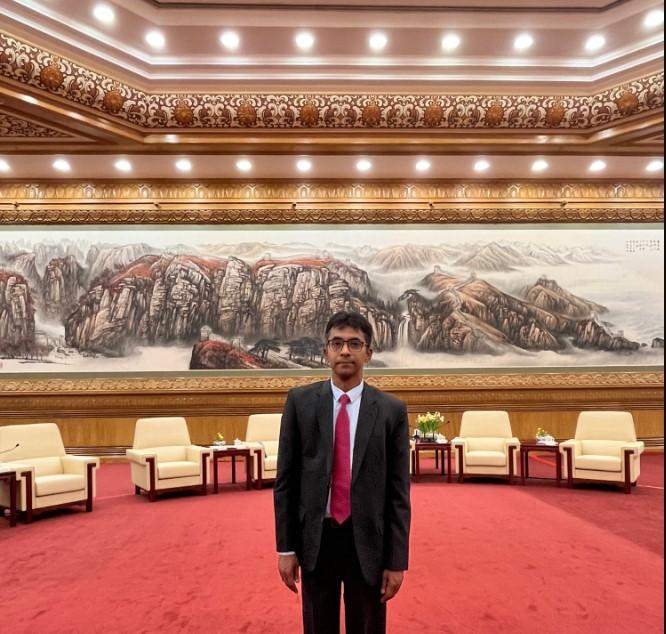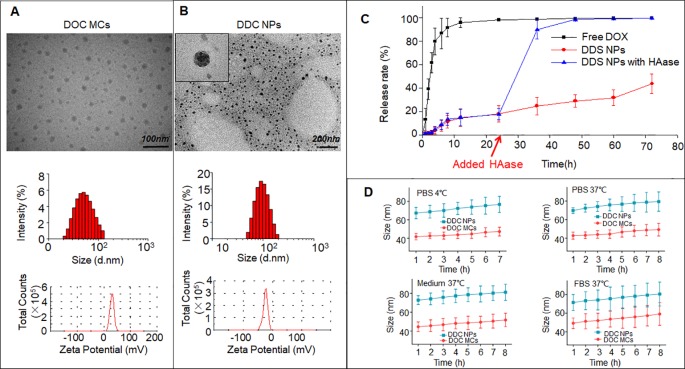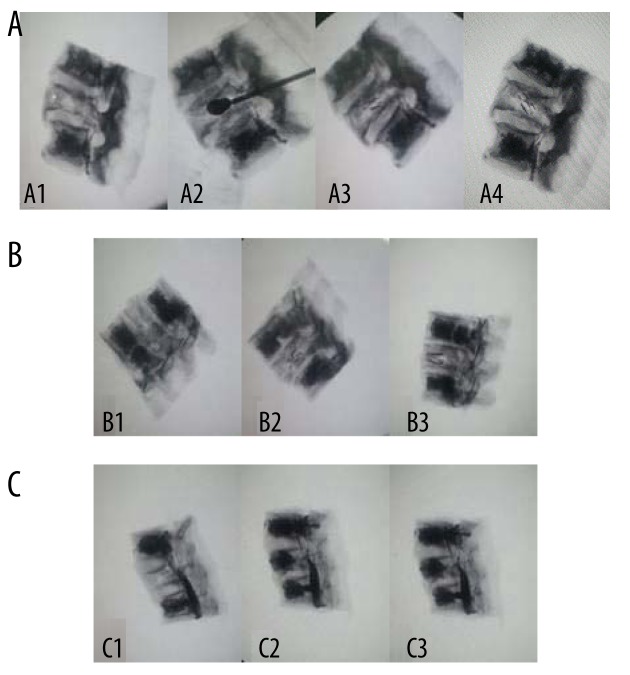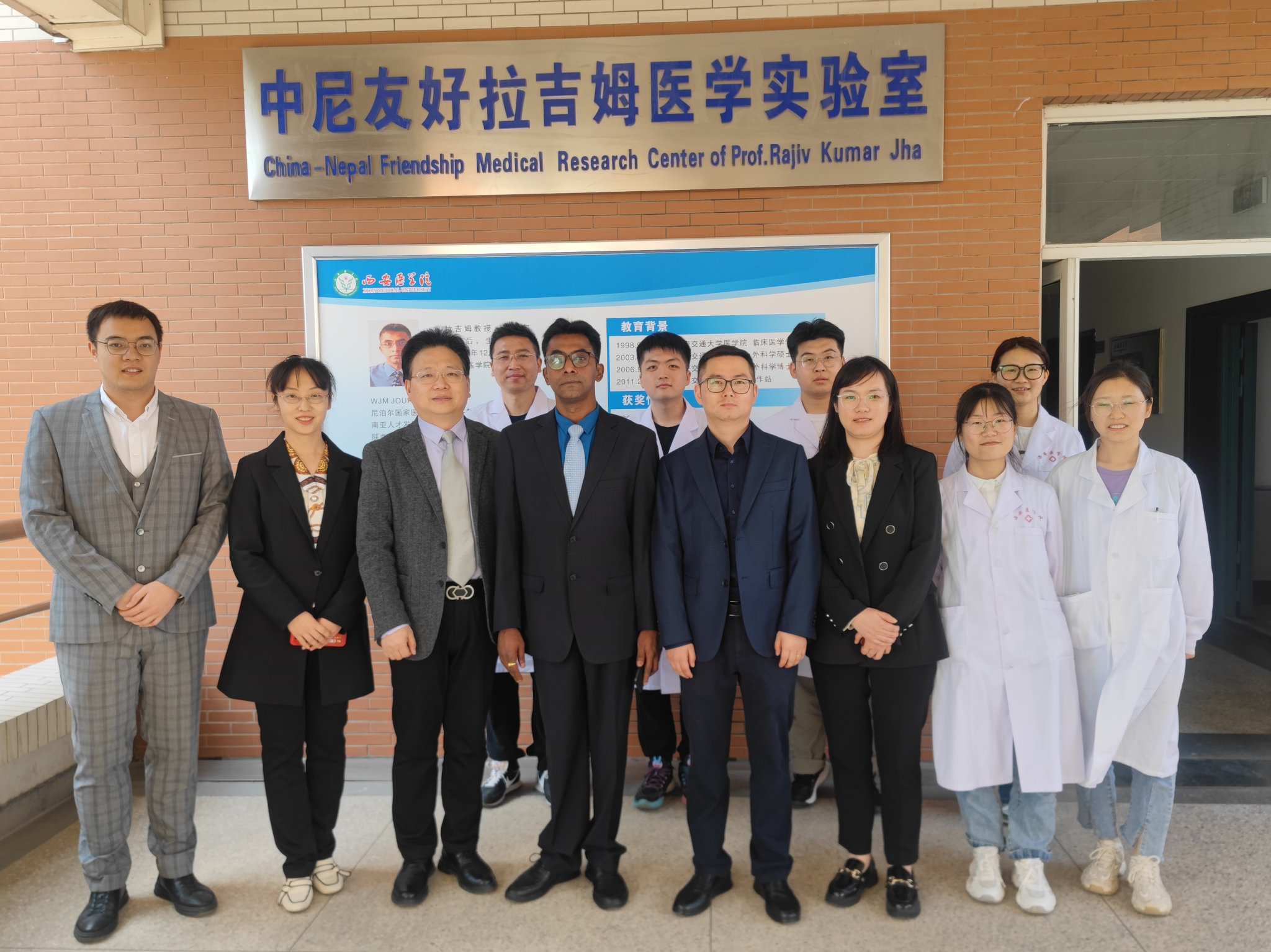Dr. Rajiv Kumar Jha is a distinguished surgeon and researcher from Nepal, renowned for his pioneering work in integrating traditional medicine with modern healthcare practices.
Dr. Rajiv Kumar Jha is a renowned surgeon, researcher, and educator from Nepal, whose career has been dedicated to advancing medical knowledge and fostering international collaborations. He completed his academic training at Xi’an Jiaotong University, where he earned his Bachelor’s, Master’s, and PhD in Clinical Medicine and Surgery. Over the years, Dr. Jha has held prominent positions in academia, including Professor of Surgery at Xi’an Medical University and Director of the Xi’an-Nepal Friendship Rajiv Laboratory, a platform for strengthening Nepal-China medical ties. His research primarily focuses on the therapeutic potential of combining traditional Chinese and Nepalese medicine with modern cancer treatments, particularly in the regulation of pancreatic cancer. Dr. Jha’s work has earned him numerous accolades, including the prestigious Xi’an Friendship Award and the Outstanding Youth Award from the Government of Nepal. His publications, featured in top international journals, highlight his expertise in cancer therapy and nanomedicine. With a passion for education and innovation, Dr. Jha continues to mentor future generations of medical professionals while striving to make significant strides in both global healthcare and scientific research. His ongoing efforts aim to bridge ancient medical knowledge with cutting-edge science, providing new avenues for the treatment of critical diseases.



















